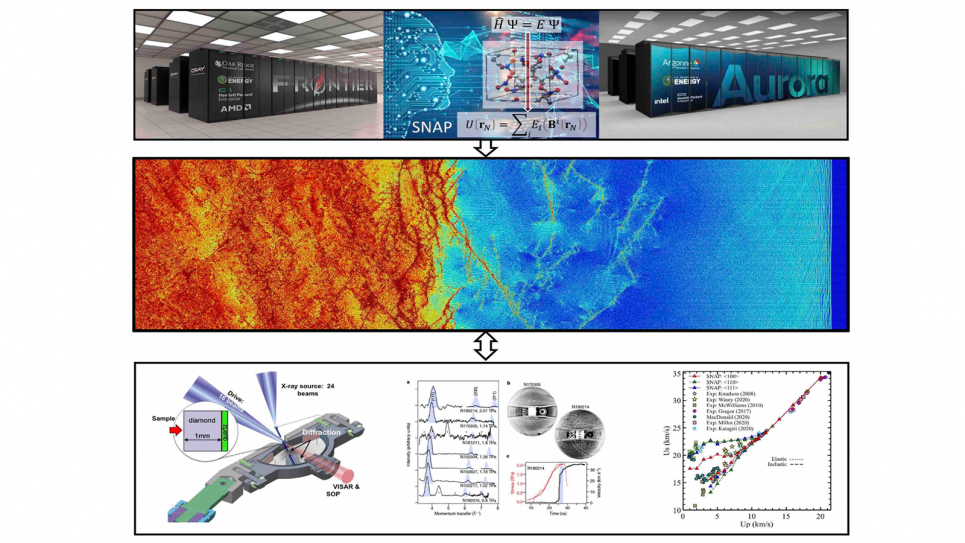
Transformative science impact of this ALCC project. A unique coupling of machine learning quantum accurate MD simulations on Exascale Frontier and Aurora with state-of-the art experiments at Omega EP will drive discovery science of advanced ablator materials for IFE.